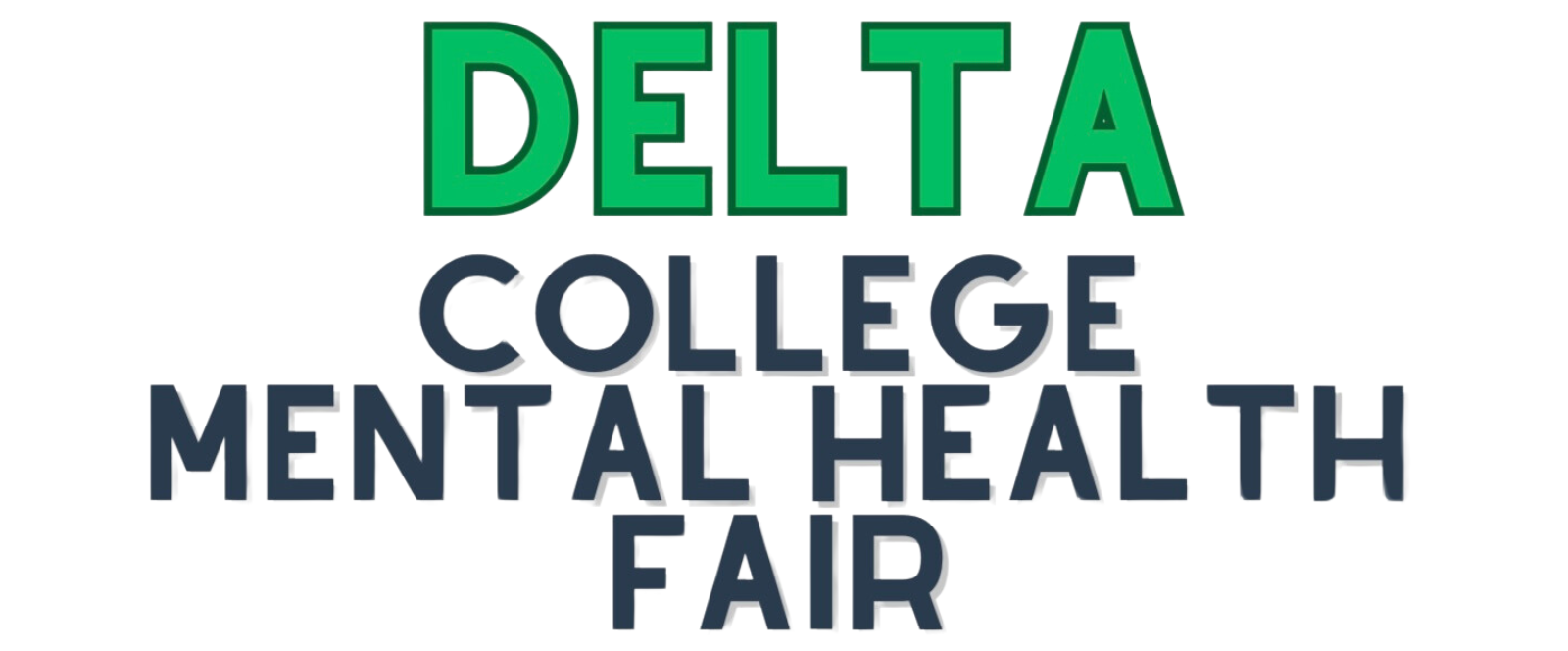By Patrick Sochacki
Quantum? I don’t even know ‘em.
What do you do when you want to hide your missile silo? Use complicated math problems to change the message with the coordinates so humans can’t understand it.
A very hard math problem for us might take centuries or millennia but for a regular computer, it might mean 100 hours. For a quantum computer, it might mean mere minutes.
What are quantum computers used for? In a word: communications.
“It has great promise in encrypting [and decrypting] communications,” says Professor B. David Redman, Jr., a math professor at Delta College. “That’s something that’s mathematical. Everything we use for encryption nowadays is based on giving a computer a very hard math problem, and if the computer solves the very hard math problem you’ve broken the code.”

This is basically what quantum computing will be marketed for—encryption and decryption of communications.
A quantum computer is a theoretical model of how to build a computer. This model stems from the phenomena known in quantum physics as entanglement, quantum bits (qubits), and superposition. Let’s get into it.
Professor Kristopher Howery explains superposition with pennies. “Imagine you’ve got two pennies: one or zero, heads or tails. These can be read as head and tail, tail and head, or a combination of the same sides,” says Howery. “Now think of it like [the pennies] are rotating […]. At any time in that rotation, a picture can be taken of it and that’s what you’re looking at.”
Entanglement is the connection between pairs or groups of quantum systems.
“[Entanglement is a] physical phenomenon where pairs or groups of particles are generated or interact with each other,” says Justin Scheidler, Computer Science Lab Technician at Delta College. “You need to be able to view both or all of them all at once to get an idea of what the value of that particle is,” says Scheidler. Once these particles are generated or interact, they enter a state where one cannot be read without the other.
The particles don’t need to be necessarily right next to each other,” says Scheidler. Once they’re entangled, they can separate any distance. And if one changes to another value, “the other one switches as well—no matter the distance between them.”
The qubit is a quantum system used for all processing in a quantum computer. A qubit is a unit of measurement, like a normal bit that a transistor-based computer would use. A regular computer can reach roughly 16 million bits of computing power. A quantum computer can have infinite bits of computing power, making its potential seem limitless.
The information processed on a qubit cannot be read in its current form, or its Q memory state, if it is viewed by the human eye or a camera. According to Scheidler, it is “[a] state in which qubits sustain themselves to be of value in quantum computing. [This state is] very fragile and nearly any interference can destroy them.”
Scheidler, in reference to the fragility of this quantum state, explained coherence time which is “[the] length of time a quantum superposition can survive. Those superpositions are important, they are in a state […] where they can be read properly [only] for a fraction of a fraction, of a fraction of a second.”
Scientists are attempting to solve this problem through the use of a Bose-Einstein condensate, which is a “super-cold cloud of atoms that function as a single atom,” says Scheidler. “[This] theoretically magnifies the effects of quantum mechanics by acting as a stable qubit.”
Understanding quantum computing is difficult. The future of communication is based upon advancing this technology—ignoring it is not an option.
If other countries beat us to perfecting quantum computing, it will lead to a complete surrender of privacy for all secrets and communications, everywhere, forever.


